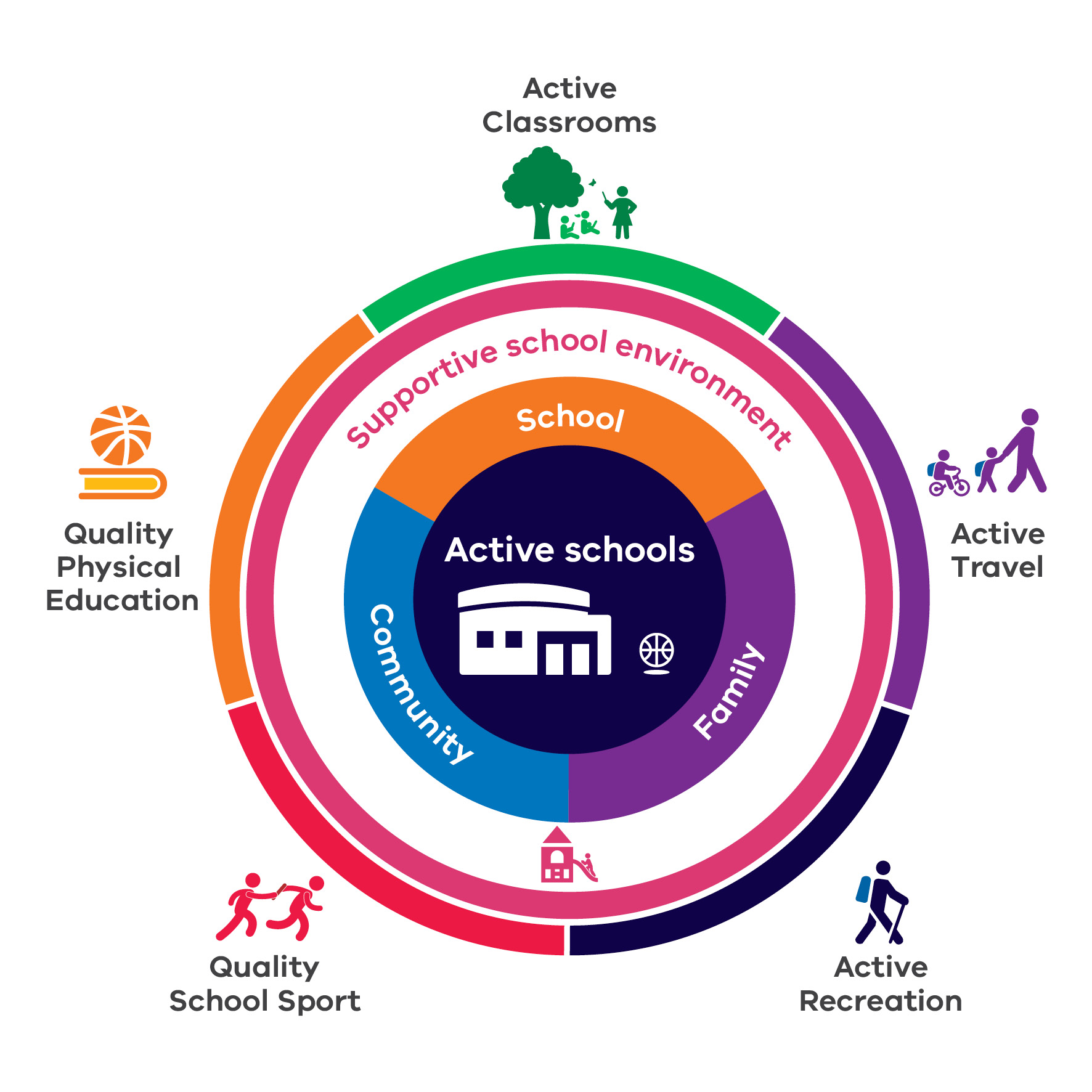Responding to Productivity Commission’s national education strategy report
 The Australian, State and Territory Governments share responsibility for school education and have a long history of working together to build the national institutions, systems and tools that support better student outcomes.
The Australian, State and Territory Governments share responsibility for school education and have a long history of working together to build the national institutions, systems and tools that support better student outcomes.
Amid concerns Australia’s performance in international educational testing had fallen, in 2018 the Commonwealth, States and Territories struck an agreement on national reforms to lift educational outcomes. Using $319 billion in federal funding, the National School Reform Agreement (NSRA) was developed to help map a pathway for Australian schools to provide a high quality and equitable education for all students.
The Productivity Commission (the Commission) was tasked to assess the effectiveness and appropriateness of the National Policy Initiatives included in the agreement, and the appropriateness of the national Measurement Framework for Schooling in Australia in measuring progress towards outcomes.
The Commission released its NSRA report on 20 January 2023. The report examines how well national policy initiatives by the Australian, State and Territory Governments have worked towards achieving objectives and outcomes set out in the original Agreement, and provides recommendations to help inform the design and development of the next school reform agreement.
According to the Productivity Commission’s overview, overall, the report’s assessment of Australia's national education strategies, says they have done "little" to improve student outcomes over the past five years.
Additionally, in a statement via ABC News, Federal Education Minister, Jason Clare, described the report as "damning" and said it "made it clear that serious reform is needed".
Key findings and recommendations:
- The report says teachers and school leaders should get more support
- The commission also wants a bigger focus on student wellbeing in schools
- Unions say it is "disappointing" the review does not address funding
Among suggestions to focus more attention on lifting academic results for all students, a large portion of the report recommends a greater focus on student wellbeing in schools. As health and physical education (HPE) teachers, we know that active kids are happy, healthy and resilient kids. Active kids are also active learners.
Many of the Commission’s recommendations are directly relevant to ACHPER Victoria’s expertise and vision of supporting the teaching of quality HPE and the implementation of whole of school approaches to increase physical activity to help promote student wellbeing. We understand and fully support the role schools have to play in promoting and preparing young people to lead physically active and healthy lives.

On 1 November 2020, the Victorian Department of Premier and Cabinet released a plan to Get Kids Moving Again (details here). In addition to this public statement, the Victorian Ministers of Education, Community Sport and Health released a joint statement on physical activity for children and young people titled ‘Active Schools, Active Kids and Active Communities’ (Joint Ministerial Statement, 2020).
At the heart of the Joint Statement was the creation of Active Schools (AS) and the Active Schools Framework (see diagram at right). The Active Schools Framework outlines six key priority areas of an Active School, recognising there is no single solution to shifting inactivity; it takes a multifaceted and systemic effort.
To fully appreciate the impact of implementing the Active Schools Framework to date, we have shared a range of Success Stories to celebrate the amazing work schools (funded and non-funded) have been doing in 2021 and 2022 to transform their school into an ‘Active School’.
These snapshots can serve as inspiration or provide direction for other schools to formulate or continue their Active Schools journey, click here to check out some recent AS success stories.
Whole of school approaches to physical activity and quality HPE are the cornerstones of a lifelong love of movement and improved wellbeing. The focus on exploring increased engagement in physical activity and sport in adolescents is critical and schools play a vital role in addressing this challenge.
If you need further support in delivery quality HPE and/or improving whole of school physical activity please get in touch.